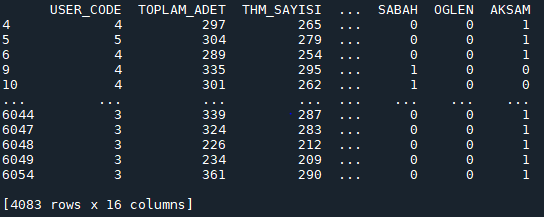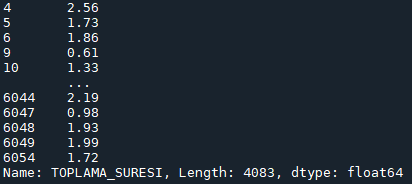I am trying to predict the processing time of a process by using xgboost regression algorithm in python. However I realised that my samples data is skewed to left and my algorithm struggles to predict longer process times (right side of histogram). I want to oversample the values I lack currently.
I have been looking at SMOTE algorithm for oversampling. All the examples I could find worked categorical y values. But my y values are continuous and I want to produce similarly continuous values. My current variables have continuous and binary values in them.
I want to oversample by creating new process times while keeping variables constant. Do you have any suggestions to oversample such data? Thanks.



